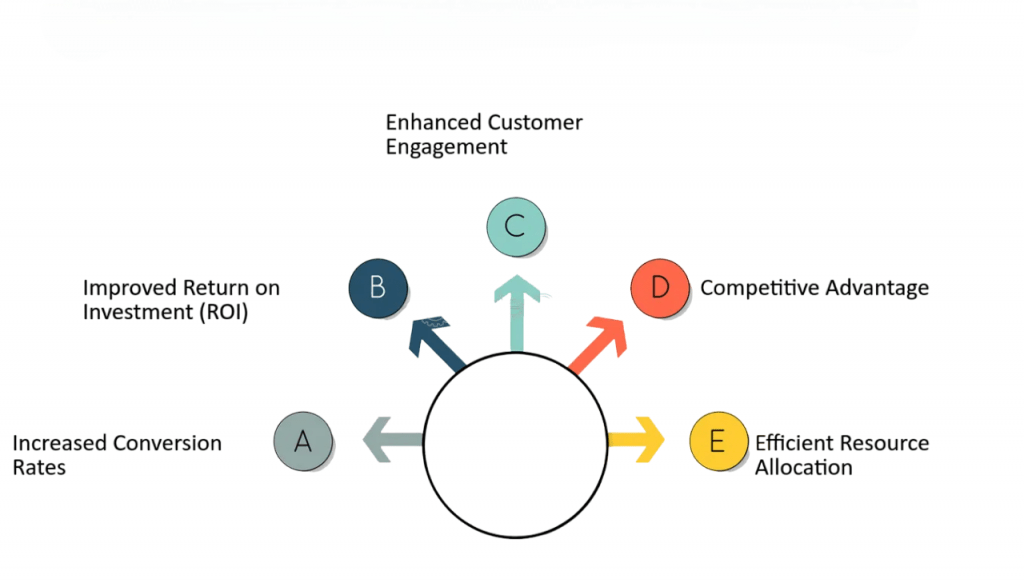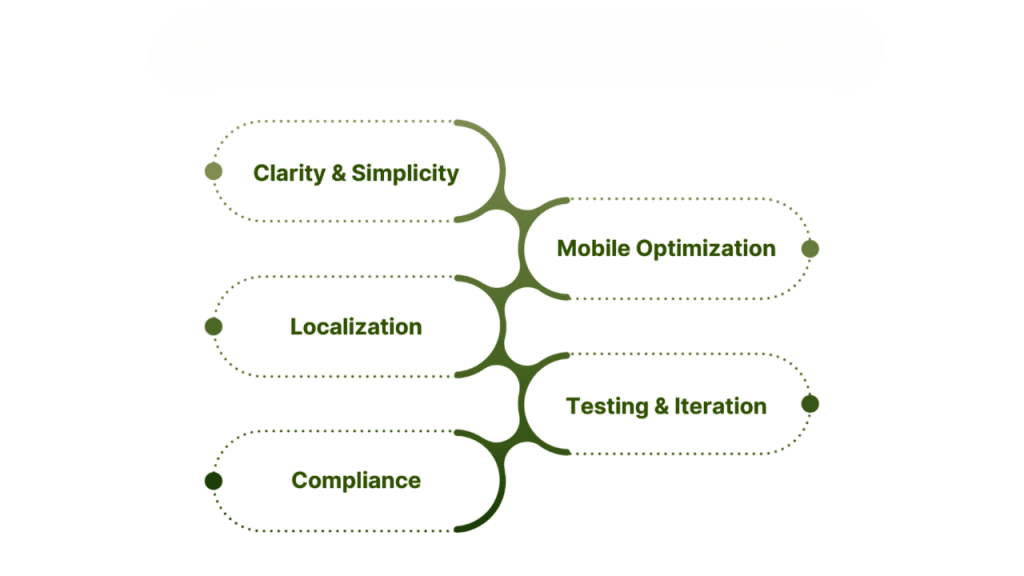
- Introduction to Facebook Ads Manager
- Key Creating a Facebook Business Account
- Campaign Objectives Explained
- Ad Sets and Audience Targeting
- Budgeting and Scheduling
- Creating Effective Ad Creatives
- Placement Options
- Setting Up Pixel and Tracking
- Conclusion
Introduction to Facebook Ads Manager
Facebook Ads Manager is a powerful platform that enables businesses and marketers to create, manage, Budgeting and Scheduling and optimize advertisements across Facebook and its network, including Instagram, Messenger, and the Audience Network. It serves as a central hub for all Digital Marketing Training campaigns and provides insights into performance metrics. The user-friendly interface allows for step-by-step campaign creation and robust customization, giving advertisers full control over their ad strategies. Whether you’re a small business owner or a digital marketing professional, understanding how to use Facebook Ads Manager effectively can significantly improve your marketing outcomes.Facebook Ads Manager is a powerful tool designed to help businesses create, manage, and optimize advertising campaigns on Facebook and its family of apps, including Instagram and Messenger. Whether you’re a small business owner or a seasoned marketer, Facebook Ads Manager provides a comprehensive platform to reach your target audience with precision. At its core, Facebook Ads Manager allows you to design ads tailored to your marketing goals whether that’s increasing brand awareness, driving website traffic, generating leads, or boosting sales. The platform offers a variety of campaign objectives and flexible ad formats to suit different business needs. One of the key strengths of Facebook Ads Manager is its robust audience targeting capabilities. You can define your audience based on demographics, interests, behaviors, and even create custom or lookalike audiences to maximize relevance and ROI. Additionally, you can control your budget and schedule, ensuring your ads run efficiently without overspending. Tracking and analytics are integral parts of Facebook Ads Manager, enabling you to monitor ad performance in real-time. Using tools like the Facebook Pixel, you can measure conversions, optimize campaigns, and make data-driven decisions to improve results continuously. In today’s digital landscape, mastering Facebook Ads Manager is essential for businesses looking to expand their reach and drive meaningful engagement with their customers.
Ready to Get Certified in Digital Marketing? Explore the Program Now Digital Marketing Online Training Offered By ACTE Right Now!
Key Creating a Facebook Business Account
- Explain where to start the process and what to expect.
- Describe how to find and initiate the account creation.
- Detail the required information such as business name, email address, and optionally include CC and BCC in Emails.
- Explain what additional info is needed and why it matters.
- Describe the verification process and its importance.
- Explain linking or creating a new business page.
- Guide on adding billing info for running ads.
- Discuss how to add team members and set their access level.
Step 1: Go to Facebook Business Suite
Step 2: Click on “Create Account”
Step 3: Enter Your Business Details
Step 4: Add Your Business Information
Step 5: Verify Your Email Address
Step 6: Create Your Facebook Page
Step 7: Set Up Payment Information
Step 8: Assign Roles and Permissions
Campaign Objectives Explained
The foundation of any Facebook ad campaign starts with selecting the right campaign objective. Facebook offers three broad categories: Awareness, Consideration, and Conversion. Awareness objectives like Brand Awareness and Reach are great for generating visibility. Consideration objectives such as Traffic, Engagement, App Installs, and Video Views aim to drive user interaction. Conversion objectives Conversions, Catalog Sales, Budgeting and Scheduling and Store Traffic focus on encouraging users to take specific actions. Choosing the appropriate objective ensures that Facebook optimizes your campaign for the right outcomes, aligning your business goals with the advertising strategyjust as selecting the right niche is crucial when you aim to Become a Content Writer.Campaign objectives are the foundation of any successful Facebook advertising campaign, as they define the specific goal you want your ads to achieve. When setting up a campaign in Facebook Ads Manager, you choose from various objectives categorized under Awareness, Consideration, and Conversion stages, each designed to guide Facebook’s algorithm in optimizing your ads for the desired outcome. For example, if your goal is to increase brand awareness, you might select the “Brand Awareness” or “Reach” objective to maximize the number of people who see your ads. If you want to drive traffic to your website or app, objectives like “Traffic” or “App Installs” would be more appropriate. For businesses aiming to generate leads or sales, “Lead Generation” or “Conversions” objectives help optimize your campaign toward users most likely to take action. Choosing the right objective ensures that Facebook’s delivery system targets the audience most relevant to your business goals, ultimately improving the efficiency and effectiveness of your advertising spend.
To Explore Digital Marketing in Depth, Check Out Our Comprehensive Digital Marketing Training To Gain Insights From Our Experts!
Ad Sets and Audience Targeting
Within each campaign, you create ad sets that allow for detailed targeting and budget control. The ad set level is where you define your target audience based on demographics, interests, behaviors, location, and even custom audiences. Facebook’s targeting capabilities are incredibly advanced, enabling advertisers to reach highly specific groups.

You can create lookalike audiences that mirror your existing customers or retarget people who have interacted with your website. Audience segmentation ensures that your ads are shown to the right people, Digital Marketing Training improving the likelihood of conversions and reducing ad spend wastage.
Budgeting and Scheduling
- Set a Daily or Lifetime Budget: Choose how much you want to spend either per day or over the entire campaign duration.
- Daily Budget: Controls the average amount spent each day to keep your costs consistent.
- Lifetime Budget: Spreads your total budget evenly across the campaign period for flexible spending.
- Schedule Your Ads: Decide whether your ads run continuously or within specific start and end dates, similar to how Google Algorithm Updates roll out either gradually or at specific intervals.
- Ad Scheduling (Dayparting): For lifetime budgets, you can choose specific hours or days when your ads should appear to target peak times.
- Bid Strategy Options: Choose between automatic bidding or manual bidding to control costs and results.
- Monitor and Adjust: Regularly review performance to optimize budget allocation and scheduling for better ROI.
- Set Spend Limits: Protect your budget by setting limits on how much can be spent per ad set or campaign.
Looking to Master Digital Marketing? Discover the Digital Marketing Expert Masters Program Training Course Available at ACTE Now!
Creating Effective Ad Creatives
YourCreating Effective Ad Creatives is what captures the audience’s attention. It includes visuals (images or videos), headlines, descriptions, and call-to-action (CTA) buttons. Facebook supports multiple formats such as carousel ads, slideshow ads, single image/video ads, and collection ads.

The key to effective creatives is clarity, relevance, and visual appeal. Use high-quality visuals that align with your brand identity and write compelling copy that speaks directly to your Customer Persona needs. Split test different creatives to see which formats perform best and always tailor your message to the campaign objective.
Placement Options
- Automatic Placements: Facebook optimizes your ad delivery across all available placements for the best results at the lowest cost.
- Manual Placements: You choose exactly where your ads appear, such as Facebook News Feed, Instagram Stories, Messenger, or Audience Network.
- Facebook Feed: Ads appear within users’ main Facebook news feed for high visibility.
- Instagram Feed & Stories: Reach Instagram users with ads in their feed or full-screen Stories format.
- Facebook and Instagram Stories: Vertical, immersive ads that appear between Stories.
- Messenger: Ads shown within the Messenger app, either in the inbox or as sponsored messages.
- Audience Network: Extends your ad reach to third-party apps and websites outside of Facebook’s platforms.
- In-Stream Videos: Ads that play during video content on Facebook or Audience Network.
- Right Column: Desktop-only placement on Facebook’s sidebar, often at a lower cost but less engagement.
- Placement Optimization: Choose placements based on where your target audience is most active and your campaign goals.
Preparing for Digital Marketing Job Interviews? Have a Look at Our Blog on Digital Marketing Interview Questions and Answers To Ace Your Interview!
Setting Up Pixel and Tracking
Setting up the Facebook Pixel is a crucial step for effective ad tracking and optimization. The Pixel is a small piece of code that you add to your website, allowing you to track user actions such as page views, purchases, and sign-ups. By installing With the Pixel, you gain valuable insights into how visitors interact with your site after clicking on your ads, enabling you to measure conversions and better understand your Your Target Audience. This data helps Facebook’s algorithm optimize ad delivery toward users who are more likely to take desired actions, improving your campaign’s overall effectiveness. Additionally, the Pixel enables you to create custom audiences for retargeting and build lookalike audiences to reach new potential customers similar to your existing ones. Setting up and properly configuring the Pixel through Facebook Ads Manager ensures you can accurately monitor performance, attribute sales, and continuously refine your advertising strategy.
Conclusion
Facebook Ads Manager is a versatile and robust platform that, when used effectively, can deliver powerful results for businesses of all sizes. From setting campaign objectives to analyzing detailed reports, Digital Marketing Training Budgeting and Scheduling each step plays a critical role in your ad success. Whether you’re running your first ad or managing large-scale campaigns, Creating Effective Ad Creatives understanding each component of Ads Manager will help you make the most out of your advertising budget and achieve your marketing goals.




